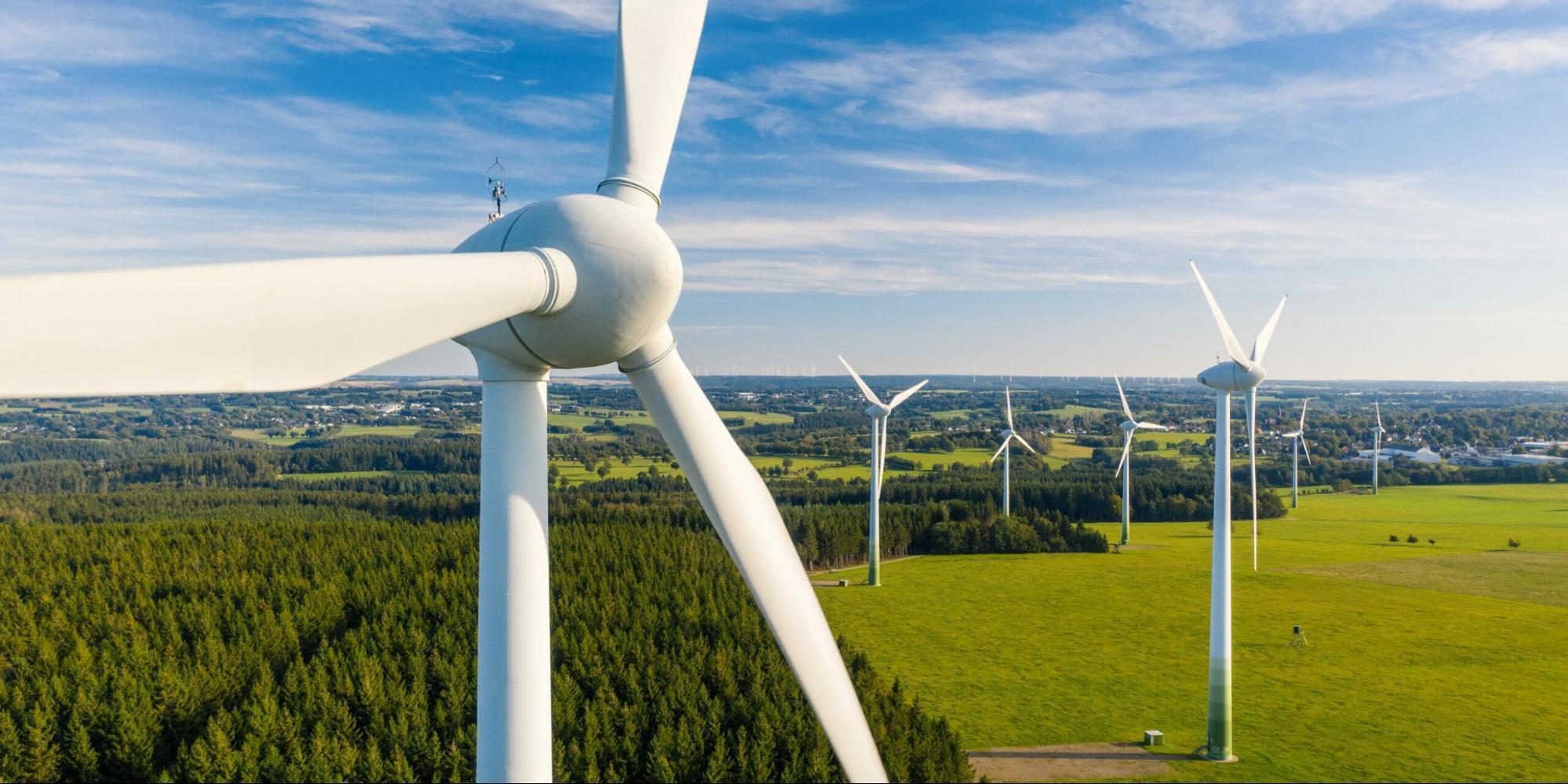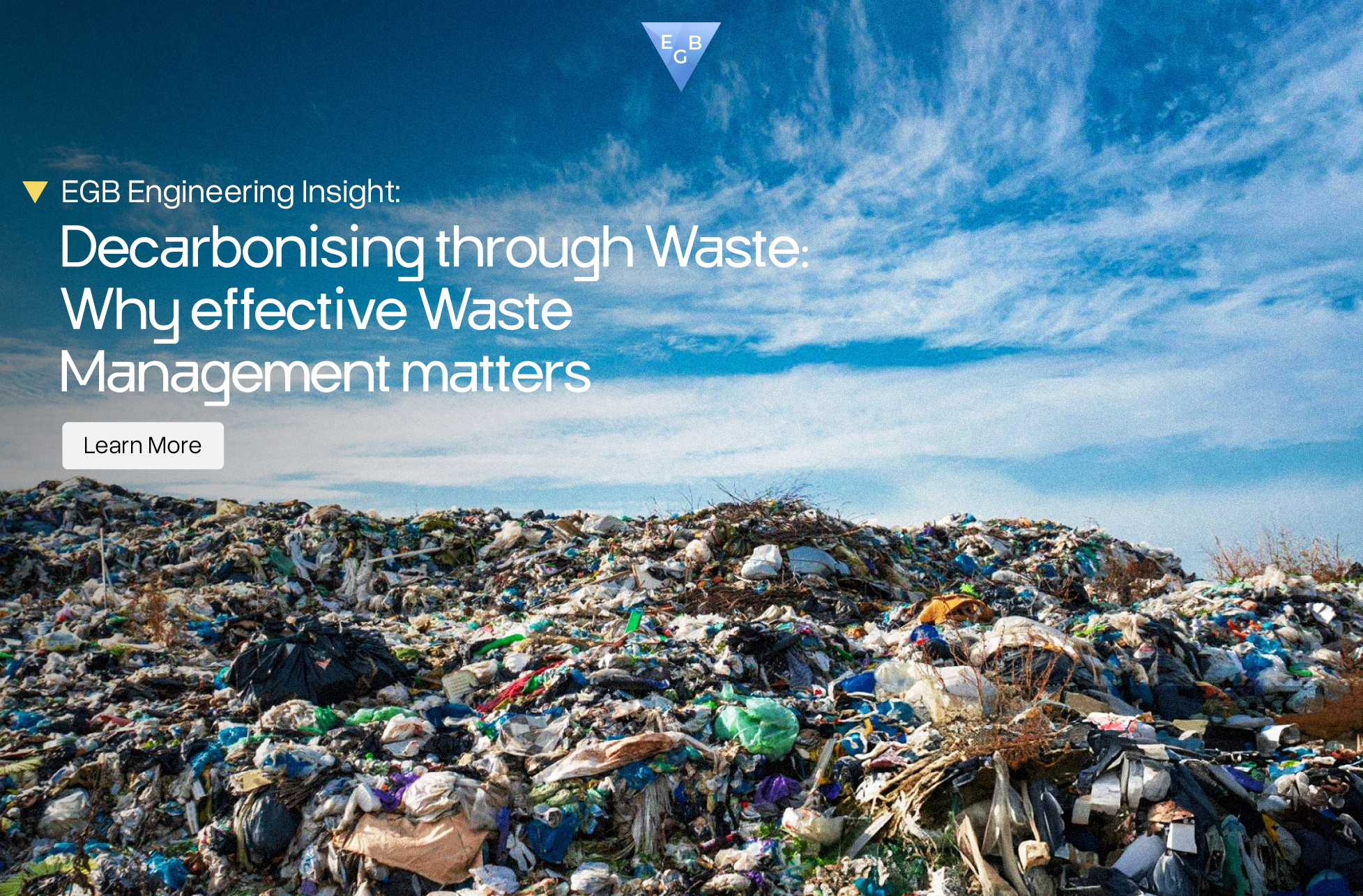
The Green Industrial Revolution: Continued
On the 17th March, the UKs Business and Energy Secretary accounted further action to ensure emissions are slashed from industry, schools and hospitals.
Prime Minister Boris Johnson has called the UKs action for preservation of the environment ‘The Green Industrial Revolution’, yet he has been criticized for his lack of detail on how this will be achieved.
However, in this recent update made by MP Kwasi Kwarteng is a blueprint for the worlds first low-carbon industrial sector.
The ambitious blueprint has three main goals:
- Over 1 billion pounds allocated to ensure emissions are cut.
- Industrial Decarbonisation Strategy set for slashing emissions by two-thirds in 15 years.
- Measures will result in creating, and supporting, up to 80,000 jobs over the next three decades.
These goals are not only welcome due to the increasing pressures of climate change, but also the financial pressures as a result of the recent COVID-19 pandemic.
The new Industrial Decarbonisation Strategy will be underpinned by supporting existing industry to decarbonise and encouraging the growth of new, low carbon industries in the UK to protect and create skilled jobs and businesses in the UK, as well as giving businesses long-term certainty to invest in home-grown decarbonisation technology, such as that which can capture and store carbon emissions from industrial plants – rather than outsourcing industrial activity to high-emission countries around the world.
This strategy is particularly interesting for the renewable energy sector as the demand for renewable energy is further increasing, and new ways to sustainably generate energy is increasingly encouraged.
The blueprint also includes measures to build on the UK’s leading efforts in moving towards greener energy sources, with an expectation of 20 terawatt hours of the UK industry’s energy supply switching from fossil fuel sources to low carbon alternatives by 2030 – helping industry to increase its use of low carbon energy sources to around 40% of industry’s total energy consumption.
To kick start the process, £171 million from the Industrial Decarbonisation Challenge has been allocated to 9 green tech projects in Scotland, South Wales and North West, Humber and Teesside in England, to undertake engineering and design studies for the rollout of decarbonisation infrastructure, such as carbon capture, usage and storage (CCUS) and hydrogen.
To reduce carbon emissions from public buildings including hospitals, schools and council buildings, £932 million has been directed to 429 projects across England. The Public Sector Decarbonisation Scheme funds low carbon heating systems, such as heat pumps, and energy efficiency measures like insulation and LED lighting.
The government will also introduce new rules on measuring the energy and carbon performance of the UK’s largest commercial and industrial buildings, including office blocks and factories, in England and Wales. This is welcomed by many industries, particularly hospitality as there is growing concern over the wasted energy used in empty rooms of hotels and restaurants.
The move could provide potential savings to businesses of around £2 billion per year in energy costs in 2030 and aim to reduce annual carbon emissions by over 2 million tonnes – approximately 10% of the current emissions from commercial and industrial buildings, the equivalent to removing emissions from a town the size of Doncaster.
The Industrial Decarbonisation Strategy will send a clear signal to the market by setting out how the government expects decarbonisation to happen, while improving investor confidence to unleash the private capital necessary to reach net zero by 2050.
What do you think about this pivotal movement for the renewable energy sector and do you think the government are taking the right actions for environmental security?




